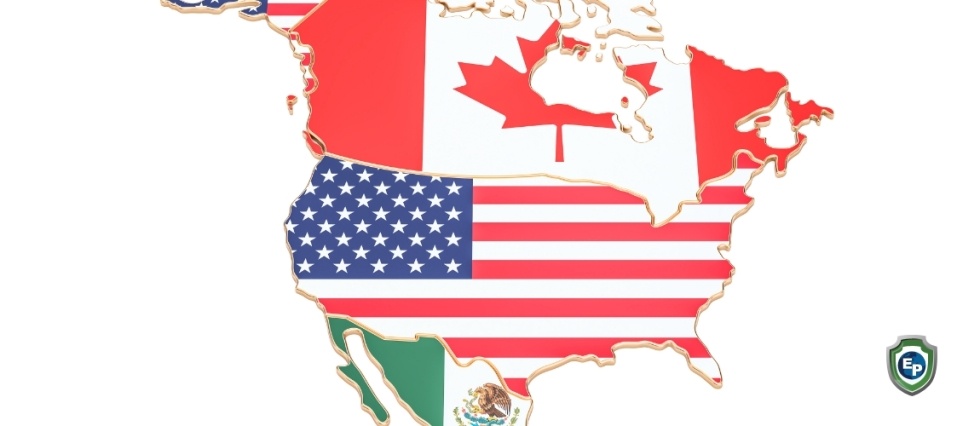What Are the Four Industries That Have Benefited the Most from NAFTA?
NAFTA helped many businesses in Canada, the US, and Mexico for several years since it allowed for business integration and job creation in all three countries. Here are the industries that got the most out of this agreement.

The North American Free Trade Agreement (NAFTA) was the world’s largest free trade agreement, signed in 1994 by Canada, the United States, and Mexico. The agreement eliminated almost all trade tariffs between the alliance of countries, which opened up investment opportunities. NAFTA was an important international trade agreement as it was the very first time a developed nation signed a trade agreement with an emerging market country. It has now been replaced by the United States-Mexico-Canada Agreement (USMCA), which was signed on July 1st, 2020.
NAFTA was praised for facilitating trade between the US, Canada, and Mexico. It was also important because it generated agreements on international rights for business investors, brought down the cost of commerce, and boosted investment, particularly for small businesses. Opponents of NAFTA, however, claimed that the agreement was bad for the US economy, with speculation that it encouraged businesses to move to Mexico.
Over the 26 years NAFTA was in place, many businesses in all three countries benefited from the deal. It allowed for business integration and created jobs in all three nations. Looking back on the deal, we can highlight the industries that got the most out of NAFTA over almost three decades of collaboration between the US, Canada, and Mexico.
Top Four Industries That Have Benefited Most
The automotive industry is one of the obvious beneficiaries of NAFTA. Since the deal was signed, Mexico has emerged as the seventh-largest car manufacturer in the world. Production of light vehicles in Mexico tripled between 1994 and 2016. Car exporting from Mexico rose from 579,000 to 2.8 million units over the same time period. US automotive companies have also benefited. GM was one of the quickest to tap into Mexico’s potential and has invested heavily in three industrial complexes in Mexico since 1994.

The retail industry is the second industry to have significantly benefited from NAFTA. Walmart is a prime example of how the retail industry benefited, having entered the Mexican market three years before the deal was signed. Walmart saw sales soar following the signing of NAFTA, and is now the biggest company in Mexico’s retail sector. Other retail companies also benefited as foreign food brands such as Heinz and Procter & Gamble made their way into Mexican stores.
The food industry was also boosted by NAFTA. All three member countries saw a rise in the export of raw food materials since the agreement was signed. In particular, Mexican company Bimbo saw sales in Canada and the US rise from MXN5 billion in 1999 to MXN125 billion in 2016.
The fourth industry that benefited significantly from NAFTA is the technology industry. UTC is an example of how NAFTA helped this expanding industry. After the signing of the agreement, UTC was able to leverage the booming manufacturing sector in Mexico, investing heavily in the country and as a result, boosting its GDP. World Bank statistics show that the automotive and technology industry in Mexico combined represented 7% of Mexico’s economy in 1999, growing to 19% in 2016.
As the USMCA has replaced NAFTA, only time will tell if the same industries will continue to benefit from the trade deal or whether other markets will leverage the advantages of the new agreement.
Stay Tuned with Export Portal
Want to learn more updates on the trade industry? Check out our import export website today!


















Comments 0